PwC’s Entertainment & Media Outlook Report contains projections for U.S. advertising growth through 2026. Following are highlights for key media:
|
|
Digital Out-of-Home Advertising
|
|
|
Online Advertising
|
|
|
Radio Advertising
|
|
|
Television Advertising
|
|
|
Newspaper Advertising
|
|
|
Magazine Advertising
|
¹The compound annual growth rate (CAGR) is the proportional growth rate from year to year for a business, used to calculate growth over a time period. Source: PwC’s Entertainment & Media Outlook, reported by Marketingcharts.com







 “Humans are driven by feelings. So if you want the consumer to remember your product or brand, they must be engaged and impassioned by the interaction with your company.”
“Humans are driven by feelings. So if you want the consumer to remember your product or brand, they must be engaged and impassioned by the interaction with your company.”
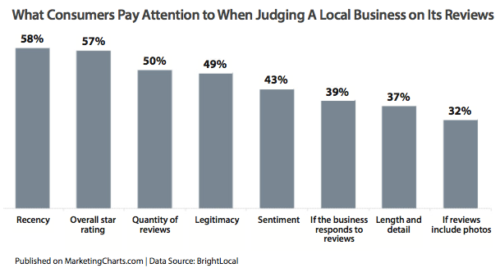
 Reopening and adjusting to the “new normal” will involve researching, communicating and executing plans to pivoting strategically. Following are steps small businesses can take:
Reopening and adjusting to the “new normal” will involve researching, communicating and executing plans to pivoting strategically. Following are steps small businesses can take:



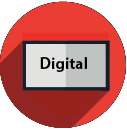





 1. What’s driving the digital-out-of-home market?
1. What’s driving the digital-out-of-home market?
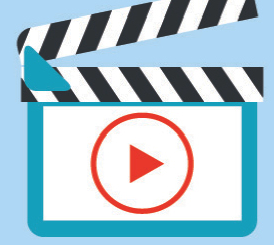
 4. Businesses are using big data to deliver the best DOOH experience for customers:
4. Businesses are using big data to deliver the best DOOH experience for customers: 5. Three tips for successful indoor digital signage:
5. Three tips for successful indoor digital signage:
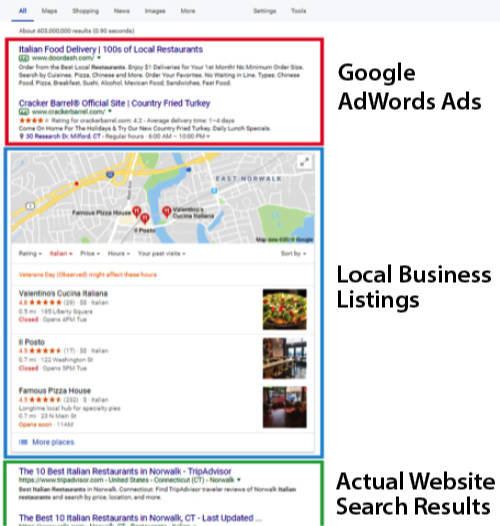




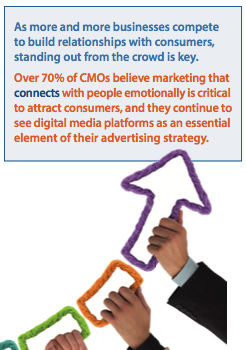 A recent study shows that CMOs (Chief Marketing Officers) rank business growth as the top priority in marketing goals. Following are insights into achieving this objective, as well as other strategies and challenges*.
A recent study shows that CMOs (Chief Marketing Officers) rank business growth as the top priority in marketing goals. Following are insights into achieving this objective, as well as other strategies and challenges*.